plt.show(), displays a window, but there's no curve on it.
My code:
In [1]: import math
In [2]: import numpy as np
In [3]: import matplotlib.pyplot as plt
In [4]: Lm=0
In [5]: for angle in np.arange(0.0,90.0,0.1):
...: theta = angle*math.pi/180
...: L=0.25*(math.cos(theta))*(5*math.sin(theta)+math.sqrt(25*math.sin(theta)*math.sin(theta)+80))
...: print(L,"\t",angle)
...: if L>Lm:
...: Lm=L
...:
In [6]: plt.figure(1)
Out[6]: <matplotlib.figure.Figure at 0x284e5014208>
In [7]: for angle in np.arange(0.0,90.0,0.1):
...: celta = angle*math.pi/180
...: L=0.25*(math.cos(theta))*(5*math.sin(theta)+math.sqrt(25*math.sin(theta)*math.sin(theta)+80))
...: plt.figure(1)
...: plt.plot(angle,L)
...:
In [8]: plt.show()
Output
